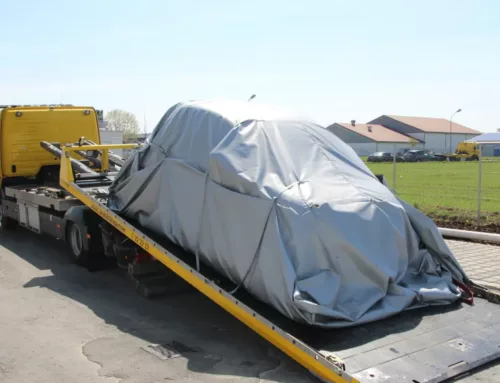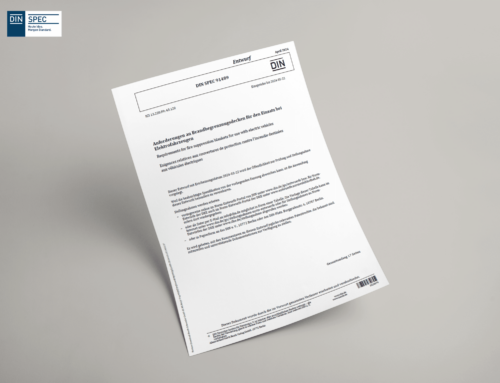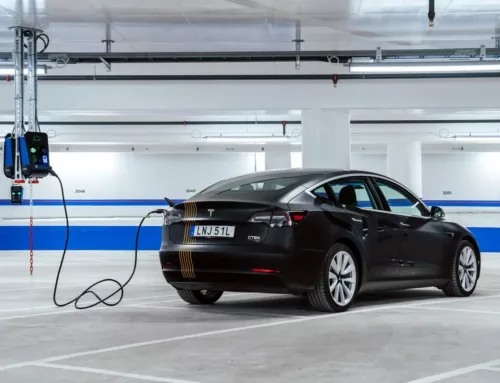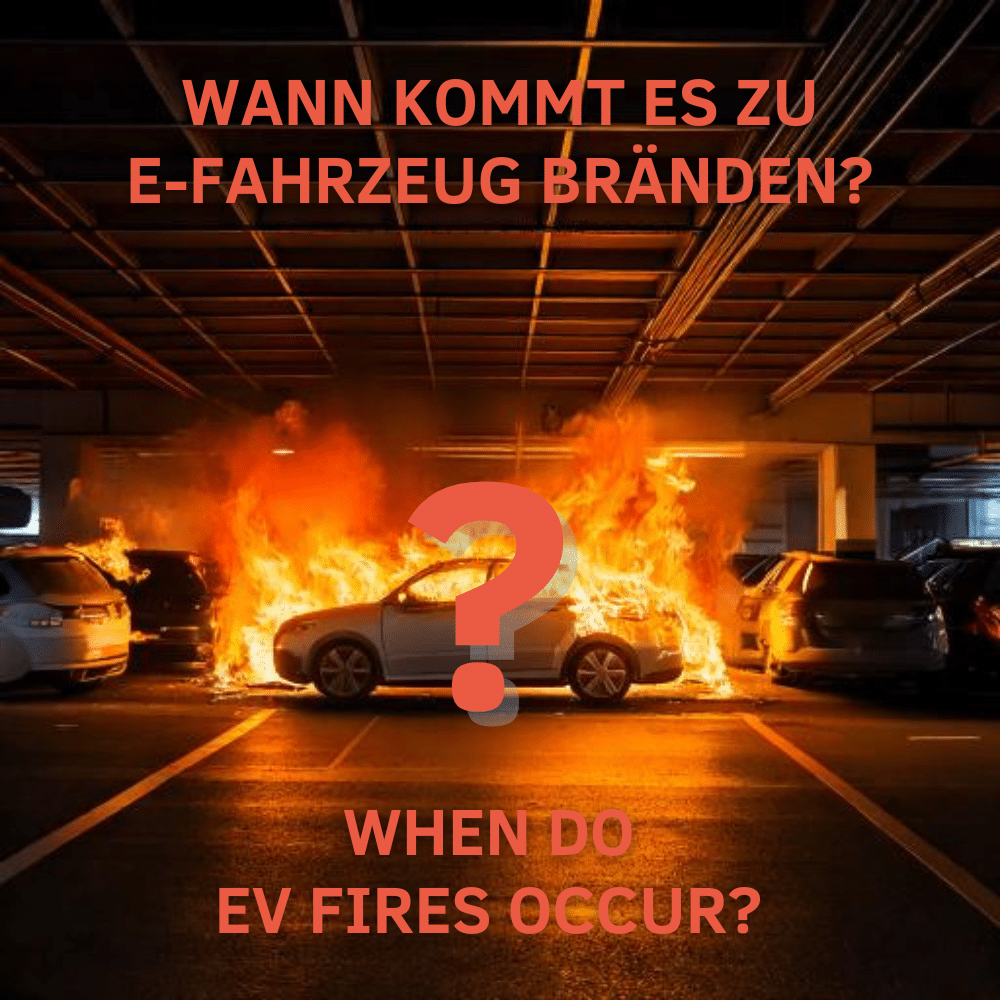
Electromobility continues to gain ground. As e-vehicles become more widespread, interest in their safety is also growing - particularly with regard to possible fires caused by defective or damaged lithium-ion batteries. But when do such incidents actually occur?
Insights are provided by the "Albero" project, in which 100 causes of e-vehicle fires were investigated. The evaluation of documented fire incidents provides a differentiated picture:
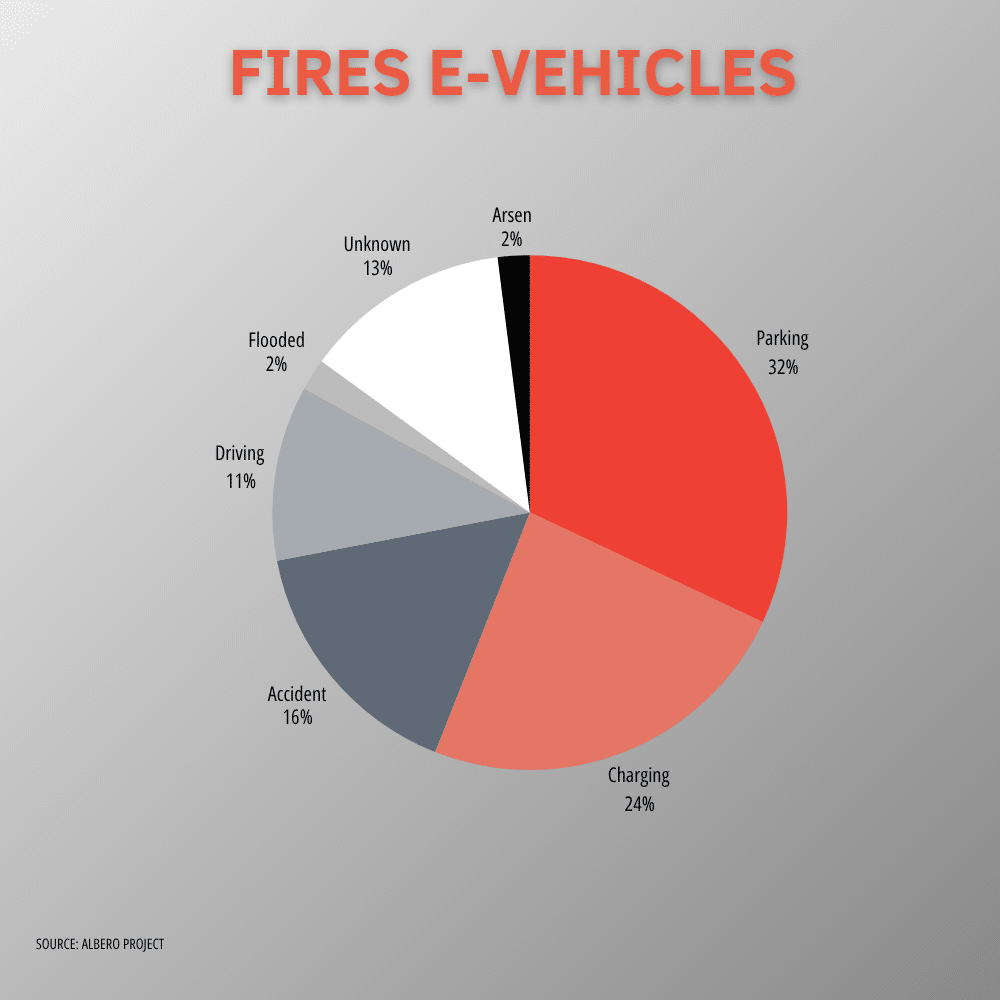
- 32% of the fires occurred in parked vehicles, often unattended - a critical scenario for underground garages, parking garages or workshops.
- 24 % occurred during the charging process. This is where high electrical currents act on the battery system - a potential weak point.
- 16% were related to an accident - a known source of danger, especially if the battery is damaged.
- 13 % of the causes of fires remained unknown
- 11% ignited while driving, i.e. under full load.
- Flooding and arson each accounted for 2%.
These figures show: The critical moment does not necessarily come at full speed, but surprisingly often in quiet situations - when parking or loading. Targeted protective measures are particularly useful in situations where people or property are nearby.
Security concepts for all situations
Fire protection for electric vehicles is a complex issue. Textile fire protection can play an important role here: Products such as fire blankets help to limit the spread of heat and fire in the event of a thermal runaway - especially in places with increased risk potential such as workshops, towing yards or charging facilities.
A typical example: An electric vehicle is parked in an underground parking garage for charging - hours later, without warning, the battery ignites. With a temperature sensor in the floor of the parking space, the underground parking garage operator's security personnel can be informed at an early stage and trained personnel may be able to place a fire blanket over the electric vehicle in the immediate vicinity of the parking space before the battery ignites. But beware: the gases that initially escape are toxic.
The same applies to towing: after an accident, the battery is often damaged - even if nothing is visible on the outside. The risk of delayed thermal runaway is real. A fire blanket or the Car Service Set can help to significantly reduce the risk potential here.
Keep calm - but be prepared
The statistics show: Fires in electric vehicles are rare, especially in comparison to conventionally powered vehicles, but they cannot be planned. They can occur in almost any usage situation. If you are prepared, you can react quickly in an emergency, minimize damage and, above all, protect lives.
A good security strategy combines prevention, monitoring and immediate measures - tailored to the respective area of application.




